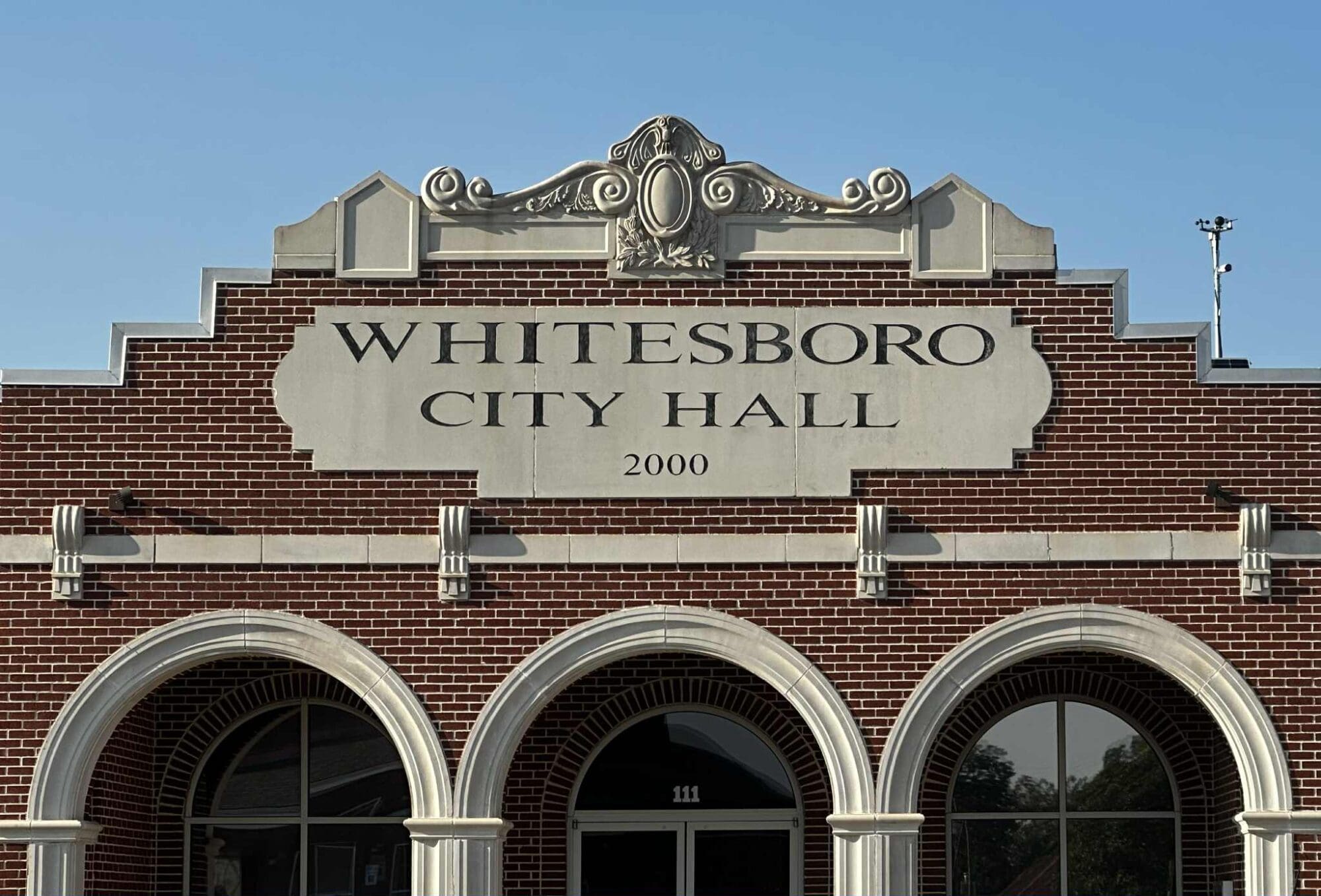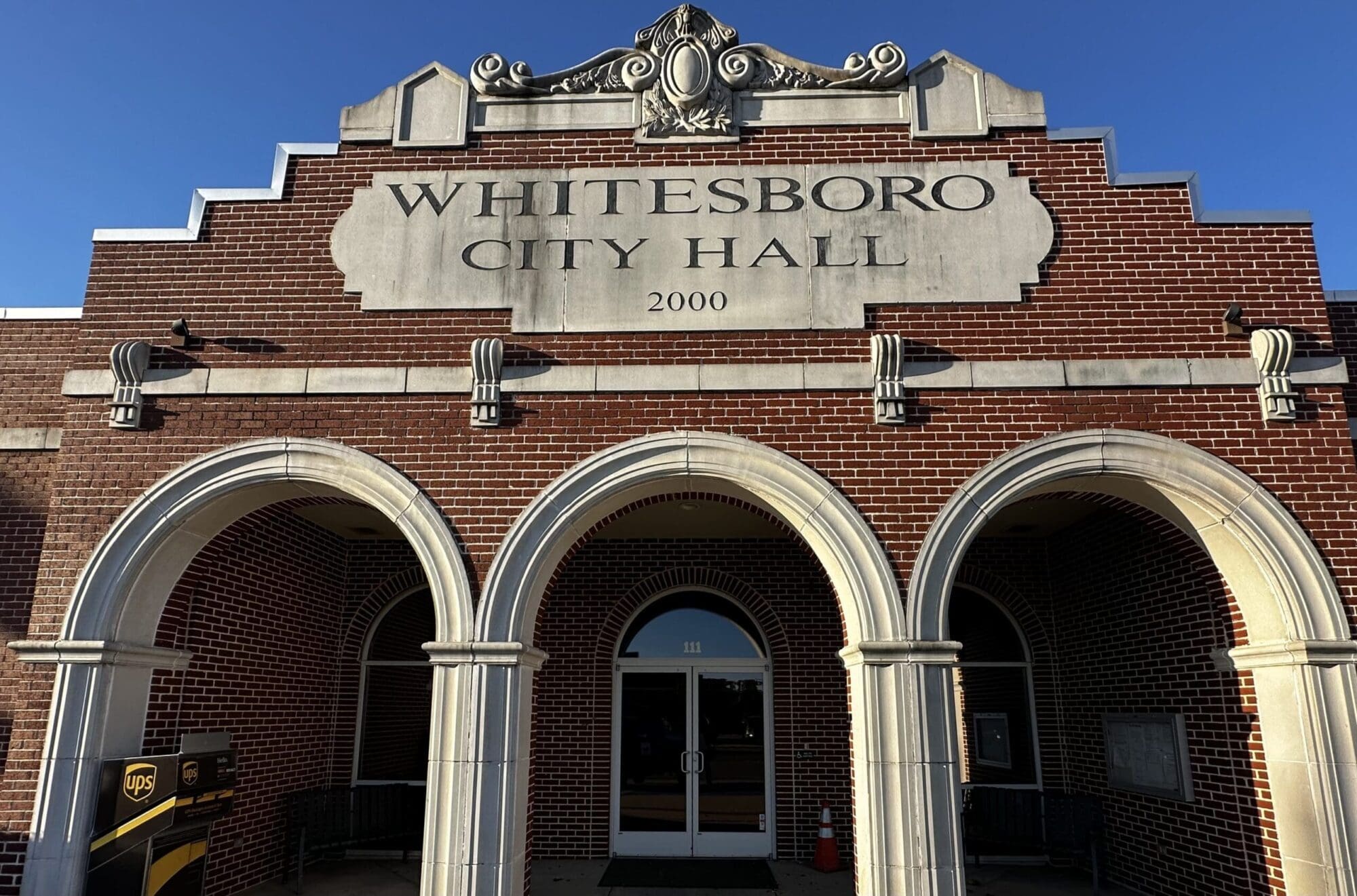With hands wringing and teeth gnashing, some in the press have finally noticed what was standing in plain sight: Republicans accomplished a tax cut. More precisely, they engineered a plan that forces the legislature to choose between tax cuts and bigger government.
The not-so-subtle play took place in 2006, during a court-ordered special legislative session that saw the creation of the ill-conceived “gross margins tax” on business. (Disclaimer #1: business taxes are bad, the gross margins tax even more so. Disclaimer #2: business taxes are a myth; people pay the taxes business remits. Disclaimer #3: Empower Texans was one of the few entities to strongly and loudly opposed the creation of the gross margins tax.)
The business tax was imposed so the school maintenance and operations property tax rate could be reduced. The rate did drop by about 33 percent.
What was said at the time, what everyone (except some reporters, apparently) understood was that the business tax would not bring in as much money as the property tax cut “cost.”
Now, usually it is inaccurate to talk about tax cuts “costing” anything. That is a myth created by the left and lapped up by the economically illiterate in the media. Tax cuts have no cost; they merely force government to do with less revenue.
But in this case it was a cost because the tax rates cut were local property taxes. A state tax was created to fund a local tax rate reduction. Essentially, the state has to control spending to pay for local government tax levies.
Originally, this “gap” (between property tax buy-down and the business tax revenue) was filled with surplus revenues. Everyone knew this would not be the case within a biennium or two.
That meant lawmakers would have to decide if they wanted to keep property tax rates lower than they were in 2006, or if they wanted to hike spending.
It’s funny that my friends at the Dallas Morning News Austin bureau act like this is something no one knew was going to happen. Intrepid reporter Robert Garrett unobjectively refers to it as “a tax swap four years ago that has turned out to be a tax swamp.”
No, not really. Remember, it was sold as a big tax cut even back then precisely because of this “imbalance.” Opposition from conservatives (like us) came because of the type of tax being created for the swap; but everyone said it would be a net tax burden reduction.
What the governor and legislature did was force future lawmakers to either control spending, or back off from pledges to keep property tax rates down. It forces a little extra accountability in the spending.
But if you want bigger government and don’t want the state working to keep property taxes under control, then it probably does feel a little swampy.
The surprise facing lawmakers now, perhaps, is how big the difference actually is between the reduced taxes and the new revenues.
As Legislative Budget Board director John O’Brien testified this week, the plan originally had the business tax bringing about 60 percent of the property tax need. It’s actually more like 36 percent.
All of this comes as the state is dealing with the straggling effects of the national recession. Texas is projected to have up to a $15 billion budget shortfall when lawmakers meet — which includes the so-called tax gap.
Remember: projected shortfalls are not deficits. Deficits are when you keep spending even when you don’t have the money; or when you know you won’t have the money but plan to spend anyway. A projected shortfall is when you project into the future that if your spending and collecting stay where they are, you will have problems.
You correct a deficit by stopping what you are doing at the moment, ie., spending.
You correct a projected shortfall by either increasing the revenues (hiking taxes) or by controlling your spending. We’ll see if lawmakers have the moral and economic chops to keep their swampy hands out of the peoples’ wallets.




